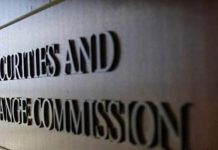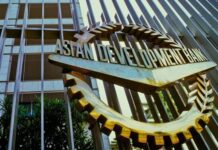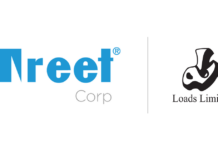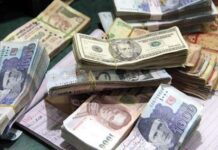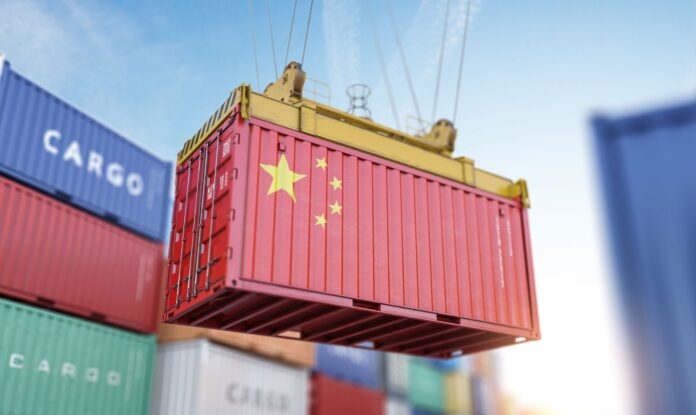China’s industrial output slowed in April but displayed unexpected resilience, indicating that government support measures may be softening the blow of a trade war with the United States that risks stalling momentum in the world’s second-largest economy.
Data released by the National Bureau of Statistics (NBS) on Monday showed that industrial production rose 6.1% year-on-year, down from March’s 7.7% increase but outperforming the 5.5% growth forecast in a Reuters poll.
“April’s resilience is in part a result of ‘frontloaded’ fiscal support,” said Tianchen Xu, senior economist at the Economist Intelligence Unit, referring to robust government expenditure.
Earlier this month, export figures also beat expectations, buoyed by exporters redirecting shipments and countries increasing purchases from China amid a reconfiguration of global trade routes due to tariffs imposed by U.S. President Donald Trump.
However, Xu noted that the latest data also highlighted the effects of reciprocal U.S. tariffs. “Despite the rapid growth in industrial value-added, the export delivery value was nearly stagnant,” he said.
A surprise agreement between Beijing and Washington last week saw most tariffs imposed since early April rolled back, with a 90-day truce halting a trade conflict that has disrupted global supply chains and raised fears of a global recession.
“China’s foreign trade has overcome difficulties and maintained steady growth, demonstrating strong resilience and international competitiveness,” said Fu Linghui, spokesperson for the NBS, at a press conference. He added that easing trade tensions would benefit bilateral trade and support global economic recovery.
Still, economists remain cautious. Despite the truce, concerns persist due to President Trump’s unpredictable stance, with 30% tariffs still levied atop existing duties, casting a shadow over China’s export-led economy.
Meanwhile, in market activity, China’s blue-chip CSI300 Index fell 0.4%, while the Shanghai Composite Index edged down 0.1%. The yuan also weakened against the U.S. dollar.
The latest figures from the NBS reveal pressures elsewhere in the economy. The real estate sector continues to struggle, with stagnant home prices and declining investment. Retail sales rose 5.1% in April, slowing from a 5.9% increase in March and falling short of a 5.5% forecast. Analysts attributed the drop to tariff-induced uncertainty and weak domestic demand.
Commodity performance was mixed. China’s daily crude oil processing fell 4.9% in April from March, and crude steel output dropped 7% month-on-month. However, a government initiative to encourage consumer spending via trade-in incentives drove a 38.8% surge in home appliance sales.
Unemployment dipped slightly to 5.1% from 5.2% in March, though anecdotal reports suggest some factories dependent on U.S. demand have begun sending workers home.
Economists, citing deflationary pressures and disappointing lending figures, called for further policy action to sustain recovery. “We caution that the near-term growth strength is at the cost of payback effects later and believe more policy easing is necessary to stabilise growth, employment and market sentiment,” Goldman Sachs said in a note.
China’s GDP grew 5.4% in the first quarter, beating expectations. Authorities remain confident of reaching the 5% annual growth target, despite economist warnings that U.S. tariffs may still undermine progress.
In response to the economic drag caused by tariffs, Chinese policymakers introduced stimulus measures earlier this month, including interest rate cuts and a significant liquidity injection. These actions preceded a breakthrough in Geneva talks that led to a China-U.S. trade detente.
While the easing of tensions is seen as a temporary reprieve, economists like Julian Evans-Pritchard of Capital Economics say challenges remain. “Even if the tariff rollback proves durable, wider headwinds mean that we still expect China’s economy to slow further over the coming quarters,” he said. “We suspect that the trade war has made households more concerned about their job prospects and therefore more careful about their spending.”


